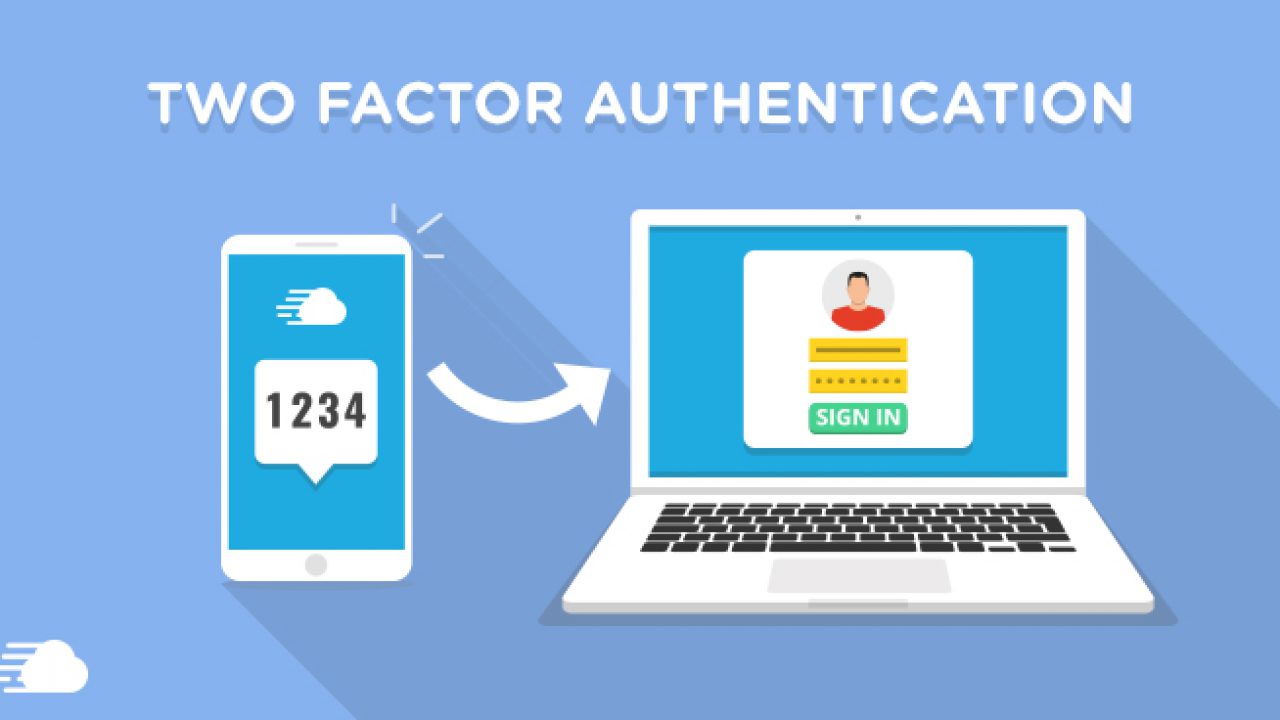Enterprise mobile app development is breaking the glass ceiling at the moment. A staggering 71 percent of organizations feel investment in enterprise mobility solutions is ideal to take on market competition head on. However, developing a suitable business app is no child’s play.
We all require an enterprise app facilitating seamless engagement with employees, offer critical updates, swiftly respond to client queries, and monitor critical business procedures in one place. For the same, you have to first imagine developing an app meeting obligations of end-users – your employees, clients, and other stakeholders. It must be flexible to adapt to the business and technology alterations quickly.
Look to join hands with an expert technology solution provider to thrash out that perfect app.
Things to factor in prior to developing an enterprise app
Know your End-User Requirements
Prior to developing your custom enterprise app, ponder over your end-user expectations and requirements. In case your business app is meant for your employees to aid them carry out regular tasks more efficiently, then you have to be aware of their pain points of daily work. For example, time-consuming and repetitive tasks, areas where proper team communication is a problem etc. For this, you should speak to people and collect critical feedback so that you can create an app that is perfect for your employees.
Gauge Market Competition
While carrying out groundwork for your app, it is essential to examine the features your competitors are providing in their business apps. Are these features helping their employees’ and clients’ to solve problems? Get the answer by visiting the app stores and downloading some corporate apps. After getting relevant inputs, present the same to your app strategy planning experts. Now, you discuss the ways to improve upon those features and include something unique and important for your audience.
Select Your App Platform Carefully
This is the fundamental step in app development. Selecting a platform and an outsourced software development company can be very puzzling. Hence, look into aspects such as budget, convenience of execution, project control ability, etc. In case you opt for an outsourced development partner, ask about things such as engagement alternatives, technology stack, budget, portfolio etc. Whereas, with DIY platforms you must go through things such as:
– Is the platform user-friendly? - Does it provide able customer assistance? - Will it offer seamless app integration and deployment choices? - What about the expenses for app assistance and maintenance services
Ponder over these questions prior to choosing as it can have a bearing on your business going forward.
Native vs. Hybrid App Choice
This is another important choice to be made. Selecting a native app option is wrong if audience reach is very small. However, by choosing the hybrid app option your app penetration will increase but it entails a high budget and complicated development procedure. Take a call only after analyzing end-user preferences. Hence, it’s ideal to develop a hybrid app that is compatible on multiple platforms – Android, iOS, and Windows smoothly.
UI/UX Design of the App
This is an important matter and a decision has to be taken only after careful consideration. Customers love apps with intuitive UI/UX experience. This is true for software applications as well. Accord UI/UX design is a high priority in your app development process. Always keep in mind that UI and UX are unique. UI happens to be the design of the app interface, which also helps in devising user experience (UX).To get desired outcome on this count opt for professional help.
Backend abilities
It’s critical to look into the back-end abilities of your enterprise mobile app. With a potent database problems related to data security, storage, and connectivity can be tackled with ease. The contemporary business apps depend on API integrations for the transfer of information with third-party apps to carry out particular functions. Whereas, certain developers avoid a custom backend. Therefore look into aspects like cost and time involved while taking a call on having a customized backend.
Accord high priority for app Security
Security is very critical for enterprise apps. Don’t depend on in-app security features to protect your app against cyber threats and data breach incidents. From the very start of the project itself, your developers should consider including extra safety measures to upgrade your app security levels. You can opt for methods such as password safeguard, high-level authorization, role-based access, API gateways, potent data safety policies etc.
Turn your App Expandable
While building an enterprise app you should factor in future needs apart from the current requirements. For example, if you wish to develop an enterprise web app or platform, you should also think about a mobile version to offer better usage options. Also, ponder over the app architecture – does it have the bandwidth to house new functionality or features if and when the need arises. Is your application compatible with third-party app integrations? How much would it cost to incorporate a new set of functionalities in your app? These things go a long way in deciding the fate of your application going forward.
Figure out app monetization
Configuring app monetization processes at the beginning of your project is important. To enhance the app monetization rate, you have to first spike your app use and popularity among the users. Gather feedback from end-users – employees and clients – via online surveys and questionnaires regarding your application. For example, in case the app is meant for your employees, seek answers for questions like how it’s helping in aiding their productivity etc. Also, look at including new features in the next update on the basis of user feedback.
Think ahead
Your contribution doesn’t end with app release. You should constantly think and plan for the upcoming app releases. Also, take crucial calls pertaining to budget, user experience, and monetization processes. It is to be noted that the app you develop should constantly evolve and be more beneficial for the target audience. As for enterprise apps, it’s never for the company, but employees and customers who use it.
Some Regular Examples of Enterprise Applications
It is very much evident by now that the enterprise apps are essential for any business to optimize their business processes, organize communication, and accelerate employee productivity. Having business apps help companies to carry out business transactions swiftly and precisely.
Some Usual Enterprise Applications
- Enterprise Customer Relationship Management (CRM) Software
- Enterprise Resource Planning (ERP) Software
- Treasury Management System
- Supply Chain Management (SCM) Software
- Business Intelligence Software
Wrap up
It is very much evident that building an enterprise app is by no means an easy job. You have to be very careful and forward thinking to come out with a business application that can turn daily jobs very much convenient for your employees. All the above-mentioned factors are crucial for your enterprise app development efforts. In case you have enough of time and money, executing the above strategies will definitely help you develop a perfect app solution.




